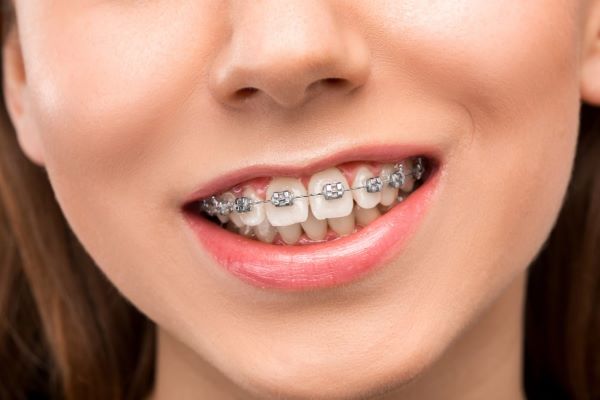When we think about orthodontists, the first thing that often comes to mind is braces. However, the field of orthodontics encompasses much more than just straightening teeth. Orthodontists play a crucial role in enhancing both the functional and aesthetic aspects of oral health. In this post, we’ll explore the multifaceted role of orthodontists, the treatments they offer, and the benefits of orthodontic care.
Who Are Orthodontists?
Orthodontists are dental specialists who focus on diagnosing, preventing, and treating dental and facial irregularities. They complete an additional 2-3 years of specialized education beyond dental school, making them experts in managing various alignment issues of the teeth and jaws.
The Scope of Orthodontic Treatment
1. Braces and Aligners
While traditional metal braces are the most well-known treatment, orthodontists also offer a variety of other options:
– Ceramic Braces: These are less noticeable than metal braces as they blend with the color of the teeth.
– Lingual Braces: Placed on the inside surface of the teeth, making them invisible from the outside.
– Clear Aligners: Invisalign is a popular brand of clear, removable aligners that gradually move teeth into the desired position.
2. Retainers
After braces or aligners, retainers are used to maintain the new position of teeth. Orthodontists customize these devices to ensure long-term results.
3. Jaw Alignment and Bite Correction
Orthodontists treat malocclusions (misaligned bites) such as overbite, underbite, and crossbite. Correcting these issues can improve chewing, speech, and overall oral health.
4. Early Intervention and Preventive Orthodontics
For children, early orthodontic evaluations (typically by age 7) can identify potential issues that may require treatment. Early intervention can guide jaw growth and dental development, reducing the need for more extensive treatment later.
5. Surgical Orthodontics
In severe cases, orthodontists work with oral surgeons to correct jaw abnormalities. Surgical orthodontics can significantly improve both function and appearance.
Benefits of Orthodontic Treatment
1. Improved Oral Health
Misaligned teeth can be harder to clean, increasing the risk of tooth decay and gum disease. Orthodontic treatment helps in achieving better oral hygiene.
2. Enhanced Appearance
A straight, well-aligned smile boosts self-esteem and confidence. Many patients seek orthodontic treatment primarily for the cosmetic benefits.
3. Better Functionality
Correcting bite issues and jaw alignment can enhance chewing efficiency, reduce speech impediments, and prevent jaw pain.
4. Long-term Results
With proper care and the use of retainers, the results of orthodontic treatment can last a lifetime, providing enduring benefits.
Choosing the Right Orthodontist
When selecting an orthodontist, consider their experience, the range of treatments they offer, and their approach to patient care. A good orthodontist will provide a comprehensive treatment plan tailored to your specific needs and will be open to discussing all available options.
Conclusion
Orthodontists play a vital role in ensuring optimal oral health and aesthetics. Their expertise goes beyond just fitting braces; they provide comprehensive care that addresses a wide range of dental and facial irregularities. Whether you’re considering treatment for yourself or your child, consulting an orthodontist can pave the way for a healthier, more beautiful smile.

